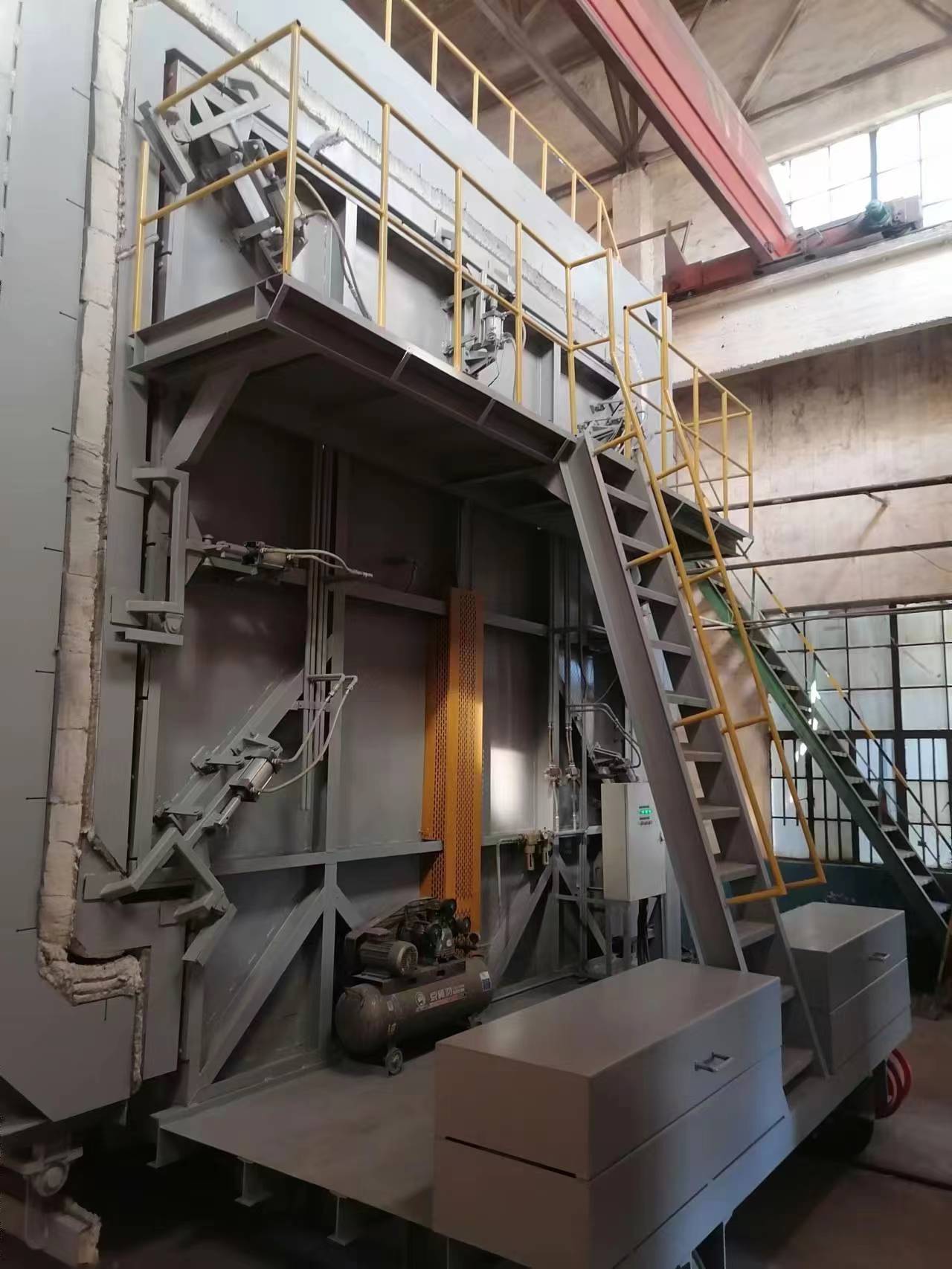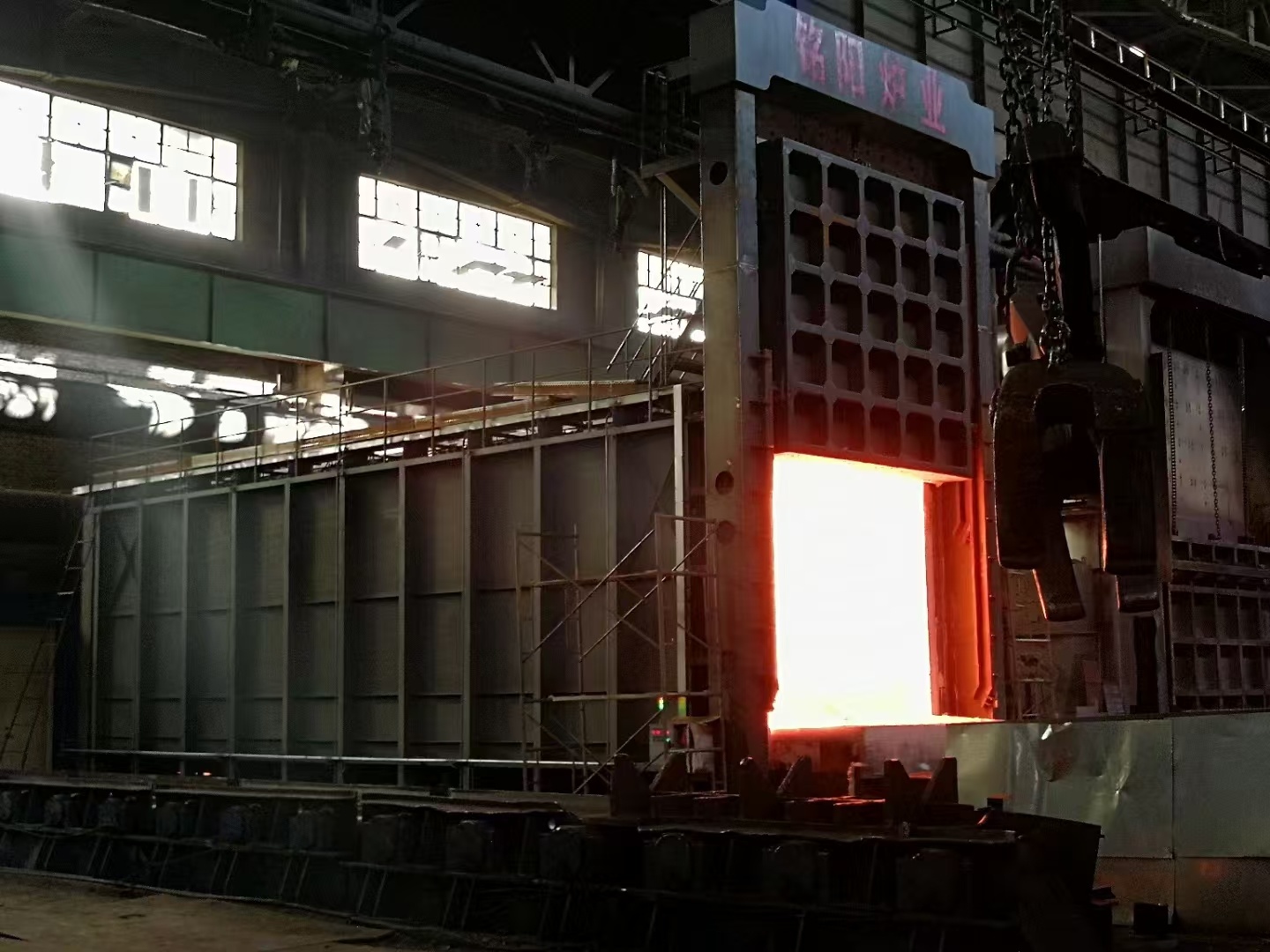


Understanding the Heat Treatment Process: How New Pit Furnaces Revolutionize Industrial Casting
Understanding the Heat Treatment Process: How New Pit Furnaces Revolutionize Industrial Casting
Table of Contents
1. Introduction to Heat Treatment in Industrial Applications
2. Importance of Heat Treatment in Manufacturing
3. Overview of the Heat Treatment Process
4. Types of Heat Treatment Techniques
4.1. Annealing
4.2. Quenching
4.3.
Understanding the Heat Treatment Process: How New Pit Furnaces Revolutionize Industrial Casting
Table of Contents
- 1. Introduction to Heat Treatment in Industrial Applications
- 2. Importance of Heat Treatment in Manufacturing
- 3. Overview of the Heat Treatment Process
- 4. Types of Heat Treatment Techniques
- 5. The Role of New Pit Furnaces in Heat Treatment
- 6. Advantages of Using New Pit Furnaces
- 7. Applications of Heat Treatment in Various Industries
- 8. Challenges in the Heat Treatment Process
- 9. The Future of Heat Treatment Technologies
- 10. Frequently Asked Questions
- 11. Conclusion
1. Introduction to Heat Treatment in Industrial Applications
The **heat treatment process** has become a cornerstone of modern manufacturing, particularly in industries that require enhanced material properties. By altering the physical and sometimes chemical properties of metals and alloys, heat treatment improves performance characteristics, including hardness, ductility, and tensile strength. In this article, we will delve into the intricacies of heat treatment, emphasizing the pivotal role that **new pit furnaces** play in effectively executing these processes.
2. Importance of Heat Treatment in Manufacturing
Heat treatment is essential across various manufacturing sectors, including automotive, aerospace, and machinery. The benefits of properly executed heat treatment processes include:
- **Increased Durability:** Components treated via heat processes can withstand greater stress and wear, prolonging their lifespan.
- **Enhanced Performance:** Optimized material properties lead to better performance in critical applications, such as engines and structural components.
- **Cost Efficiency:** Effective heat treatment reduces the need for frequent replacements, minimizing long-term operational costs.
Understanding the significance of heat treatment can enable manufacturers to produce higher quality products, fostering competitiveness in a rapidly evolving market.
3. Overview of the Heat Treatment Process
The heat treatment process generally involves controlled heating and cooling of materials to achieve desired mechanical properties. This process is often broken down into four main phases:
1. **Heating:** The material is heated to a predetermined temperature, usually above its critical temperature, allowing for phase changes or recrystallization.
2. **Soaking:** The material is held at this temperature for a specific duration, allowing for uniform temperature distribution and the desired phase changes to occur.
3. **Cooling:** The materials are then cooled down at controlled rates; cooling can be rapid or gradual, depending on the desired outcome.
4. **Final Properties:** The final properties are achieved post-cooling, where the material solidifies into its new form.
Each of these phases plays a critical role in defining the characteristics of the treated material.
4. Types of Heat Treatment Techniques
Various heat treatment techniques are employed based on the required material properties. Here we explore four primary methods:
4.1. Annealing
**Annealing** is a process that involves heating the metal to a specific temperature and then allowing it to cool slowly. This method is primarily used to reduce hardness, relieve internal stresses, and improve machinability. The result is a more ductile and stable material, making it easier to work with in subsequent manufacturing processes.
4.2. Quenching
**Quenching** involves heating the material to a high temperature and then rapidly cooling it, typically in water or oil. This technique increases hardness and strength but can also lead to brittleness if not followed by tempering. Quenching is critical in applications where wear resistance is paramount.
4.3. Tempering
**Tempering** is performed after quenching to reduce brittleness while retaining hardness. The material is reheated to a lower temperature and then cooled again. This process allows manufacturers to fine-tune the properties of the material based on its intended application.
4.4. Normalizing
**Normalizing** involves heating the material above its transformation temperature and then allowing it to cool in air. This method refines the grain structure, enhancing uniformity and mechanical properties. Normalizing is commonly used for carbon steels and is essential for producing consistent results.
5. The Role of New Pit Furnaces in Heat Treatment
New pit furnaces represent a significant advancement in heat treatment technology. These furnaces are designed to accommodate larger workloads while ensuring precise temperature control and uniform heating. The following features make them particularly effective in industrial applications:
- **High Efficiency:** With improved insulation and design, new pit furnaces maximize energy use, reducing operational costs.
- **Advanced Control Systems:** Modern furnaces are equipped with sophisticated control systems that allow for real-time monitoring and adjustments, ensuring optimal heat treatment conditions.
- **Versatility:** They can handle a variety of materials and sizes, making them suitable for diverse applications, from small components to large industrial parts.
The evolution of pit furnaces has greatly enhanced the efficiency and effectiveness of heat treatment processes in industrial settings.
6. Advantages of Using New Pit Furnaces
Incorporating new pit furnaces into heat treatment processes offers numerous advantages:
- **Improved Quality Control:** Automated systems reduce the risk of human error, leading to improved consistency in product quality.
- **Reduced Cycle Times:** Enhanced heating capabilities decrease the time required for heating and cooling cycles, increasing overall production efficiency.
- **Energy Efficiency:** New designs focus on minimizing heat loss, effectively reducing energy consumption and operational costs.
These advantages contribute to a more streamlined and cost-effective manufacturing process, which is vital in today’s competitive industrial landscape.
7. Applications of Heat Treatment in Various Industries
Heat treatment finds application across various industries, each requiring specific processes tailored to their needs:
- **Automotive Industry:** Heat-treated components such as gears and axles benefit from increased strength and wear resistance.
- **Aerospace Sector:** Critical parts like turbine blades undergo rigorous heat treatment to ensure safety and performance under extreme conditions.
- **Manufacturing of Tools:** Tool steels are often heat-treated to enhance hardness, enabling the manufacture of durable cutting tools.
Understanding the specific requirements of each industry helps in selecting the appropriate heat treatment methods and technologies.
8. Challenges in the Heat Treatment Process
Despite its numerous advantages, the heat treatment process poses several challenges:
- **Material Distortion:** Improper heating or cooling rates can lead to warping or distortion of the treated components.
- **Cost of Equipment:** High-quality heat treatment equipment, such as new pit furnaces, can require significant initial investments.
- **Process Complexity:** Achieving the desired material properties often requires a deep understanding of metallurgy and process control.
Addressing these challenges is essential for manufacturers to fully leverage the benefits of heat treatment technologies.
9. The Future of Heat Treatment Technologies
The future of heat treatment technologies appears promising, driven by advancements in materials science and automation. Trends to watch include:
- **Smart Manufacturing:** Integration of IoT (Internet of Things) technologies in heat treatment can lead to more adaptive, responsive processes.
- **Sustainable Practices:** The push for eco-friendly operations will drive innovations aimed at reducing energy consumption and waste.
- **Advanced Materials:** Research into new alloys and composite materials will necessitate the development of tailored heat treatment processes.
These advancements will ultimately enhance the capabilities and efficiency of heat treatment in various industrial applications.
10. Frequently Asked Questions
**Q1: What is the primary purpose of heat treatment?**
A1: The primary purpose of heat treatment is to alter the physical and chemical properties of materials to enhance their performance and durability.
**Q2: How does the heat treatment process affect the material?**
A2: Heat treatment can significantly improve characteristics such as hardness, ductility, and tensile strength, making materials more suitable for demanding applications.
**Q3: What are the most common heat treatment techniques?**
A3: The most common techniques include annealing, quenching, tempering, and normalizing, each serving distinct purposes based on the desired material properties.
**Q4: Why are new pit furnaces preferred in industrial applications?**
A4: New pit furnaces are preferred due to their efficiency, advanced control systems, and versatility, allowing for optimal heat treatment of various materials.
**Q5: What challenges do manufacturers face with heat treatment?**
A5: Manufacturers may face challenges such as material distortion, high equipment costs, and the complexity of achieving desired properties effectively.
11. Conclusion
The heat treatment process is an integral component of modern manufacturing, enhancing the performance and durability of various materials. The advent of **new pit furnaces** marks a significant improvement in heat treatment technology, offering efficiency, precision, and versatility. As industries continue to evolve, the role of heat treatment will undoubtedly expand, driven by advancements in technology and materials science. Embracing these innovations will enable manufacturers to produce high-quality, reliable products that meet the demands of today's competitive landscape.


